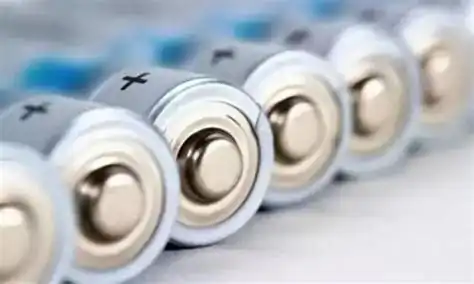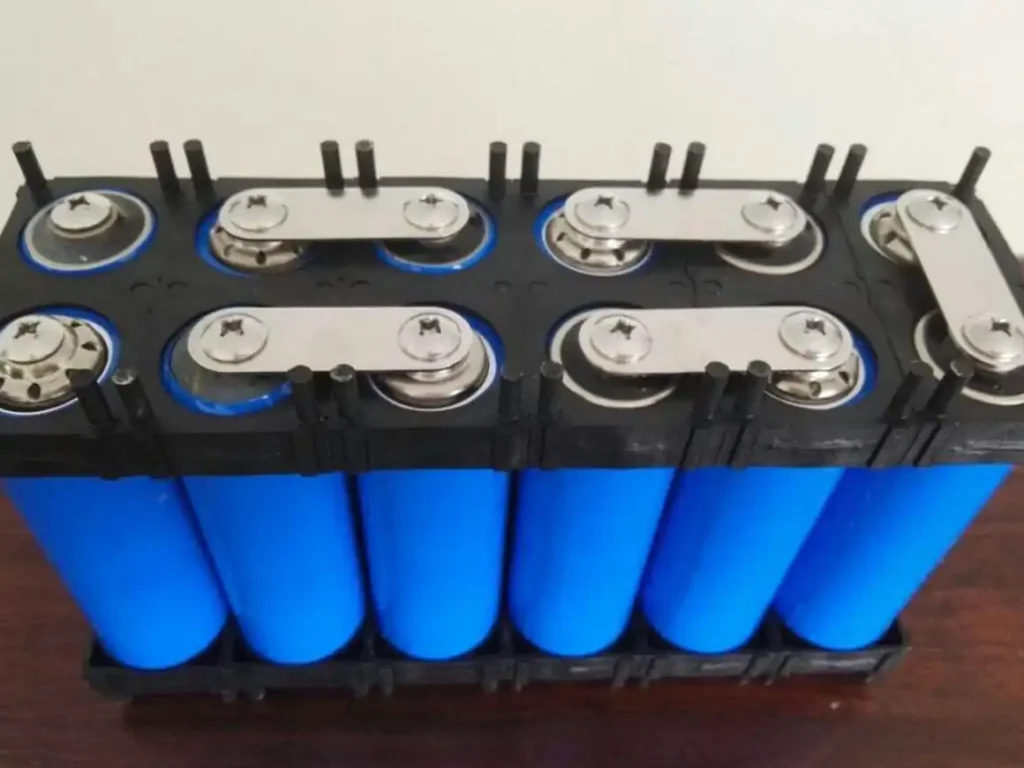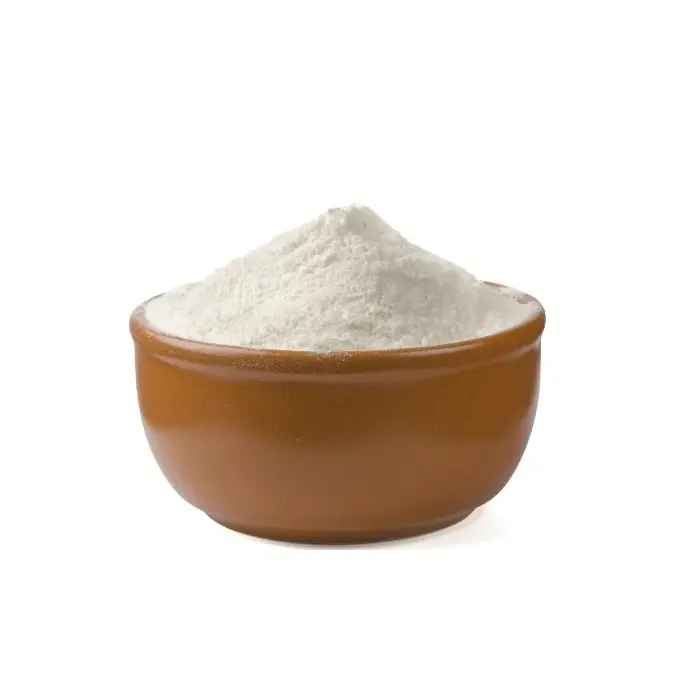High purity magnesium oxide, a cutting-edge particulate material, shows a wide range of applications in many fields with its unique properties. It has a white powder appearance, high purity and large specific surface area, consists of fine grains with excellent dispersion, and has a relative density of about 3.58 at 25°C. Its melting point is as high as 2,852°C, boiling point is up to 3,600°C, and it is insoluble in water.
High purity magnesium oxide shows significant small size effect, surface effect, quantum size effect and macro tunneling effect, after modified treatment, eliminating the agglomeration phenomenon, so that it has unique properties and important application value in many fields such as optics, catalysis, magnetism, mechanics and chemical industry.

Magnesium oxide (MgO) is an inorganic compound with a variety of excellent properties. In recent years, it has received extensive attention and research in the field of battery cathode materials. It has the following main functions in battery cathode materials:
Improve the electrochemical properties of the material: Magnesium oxide can be doped into the crystal structure of the cathode material, changing the electronic structure and conductivity of the material, improving the material’s lithium ion insertion/extraction capability, thereby improving the discharge capacity and rate performance of the battery. For example, in magnesium-doped lithium nickel cobalt manganese (NCM) cathode materials, magnesium oxide can improve the specific capacity and cycle stability of the material.

Improve the thermal stability of the material: Magnesium oxide has a high melting point and good thermal stability, which can improve the thermal stability of the cathode material and reduce the risk of thermal runaway of the battery at high temperatures. For example, in magnesium-doped lithium iron phosphate (LFP) cathode materials, magnesium oxide can increase the thermal decomposition temperature of the material and improve the safety performance of the battery.
Enhance the structural stability of the material: Magnesium oxide can act as a skeleton, enhance the structural stability of the cathode material, reduce the volume change and crystal cracking of the material, thereby improving the cycle life of the battery. For example, in the magnesium-doped lithium cobalt oxide (LiCoO2) cathode material, magnesium oxide can inhibit the peeling of the layered structure of the material and improve the cycle performance of the battery.
Adjust the acidity of the electrolyte: In some battery systems, magnesium oxide can be used as an acidity regulator in the electrolyte to reduce the acidity of the electrolyte, slow down the corrosion of the cathode material by the electrolyte, and improve the cycle life and safety of the battery. For example, in zinc-manganese batteries, magnesium oxide can reduce the acidity of the electrolyte, inhibit the evolution of hydrogen, and improve battery performance.
All in all, magnesium oxide plays a variety of important roles in battery cathode materials, which can effectively improve battery performance and safety. With the continuous deepening of research, the application prospects of magnesium oxide in battery cathode materials are very broad.

